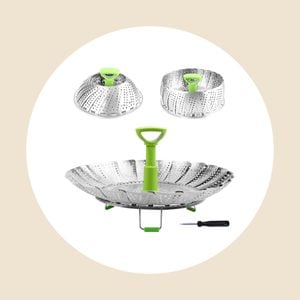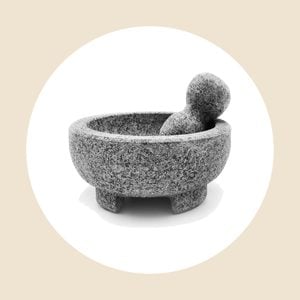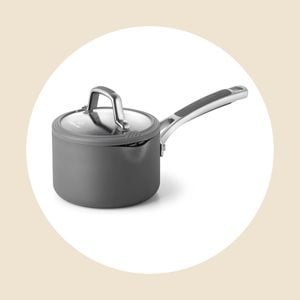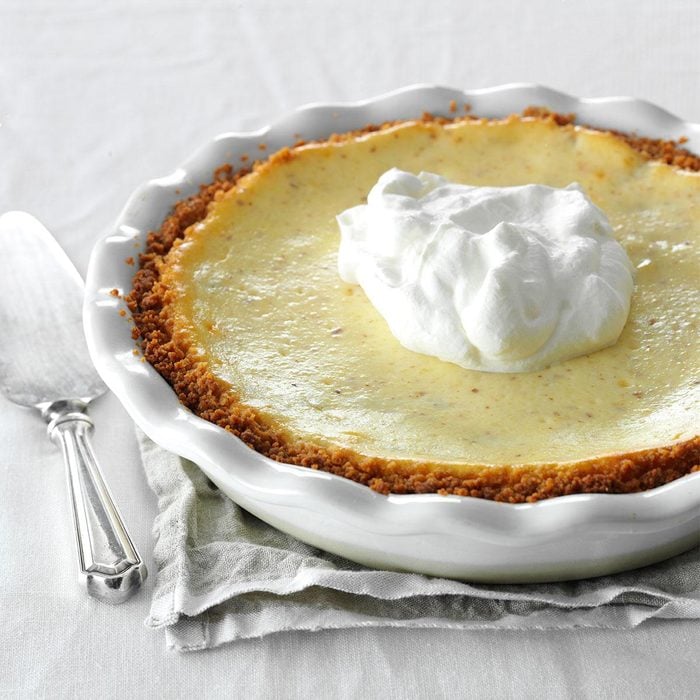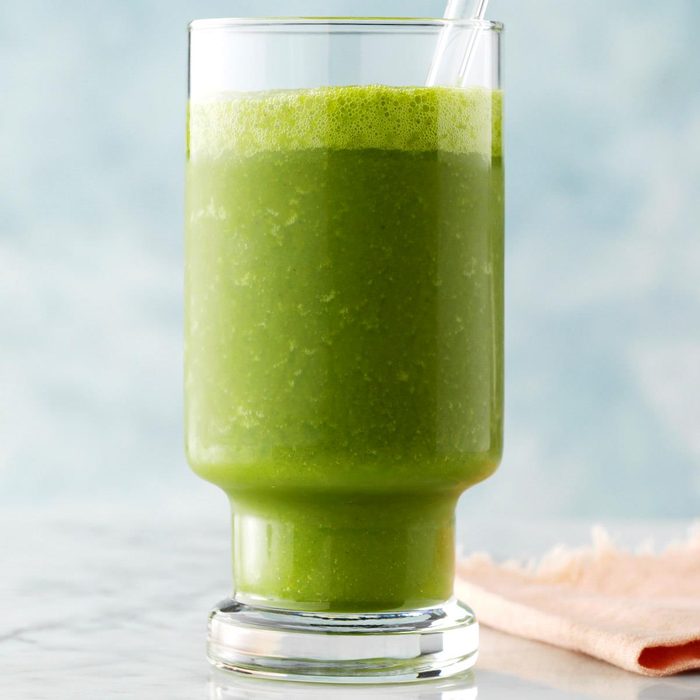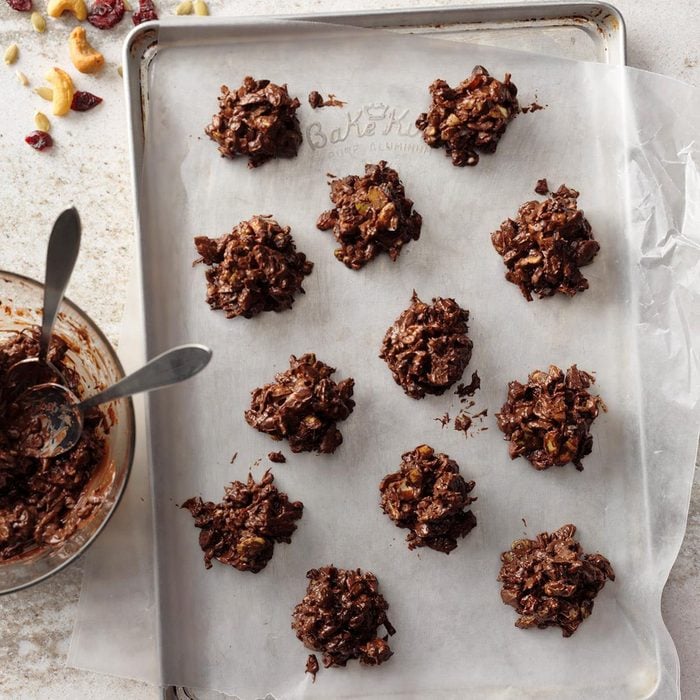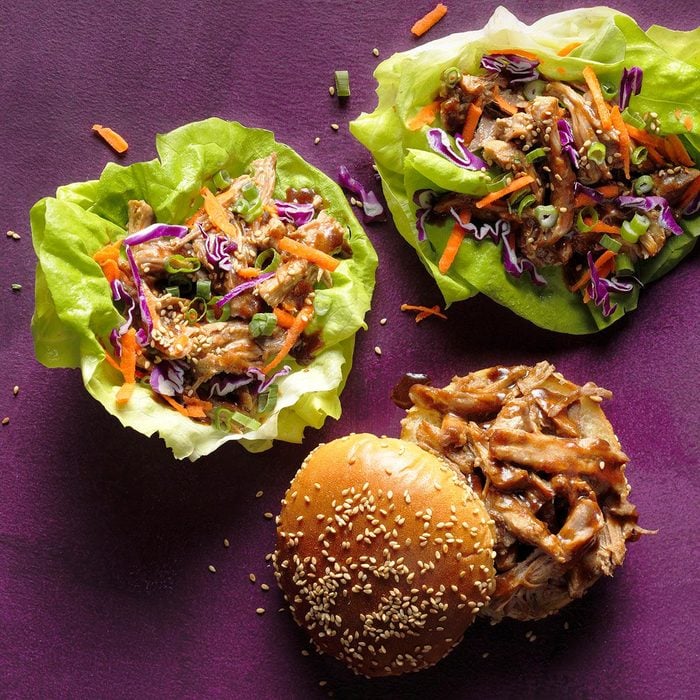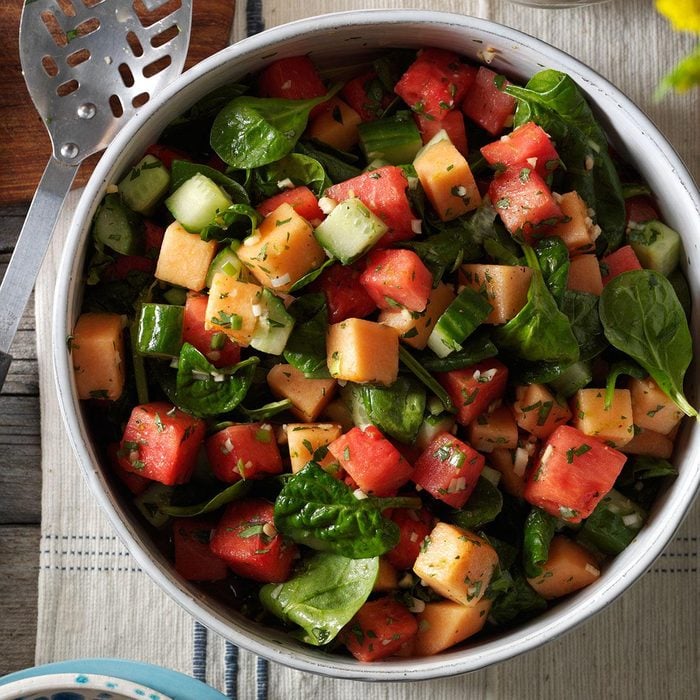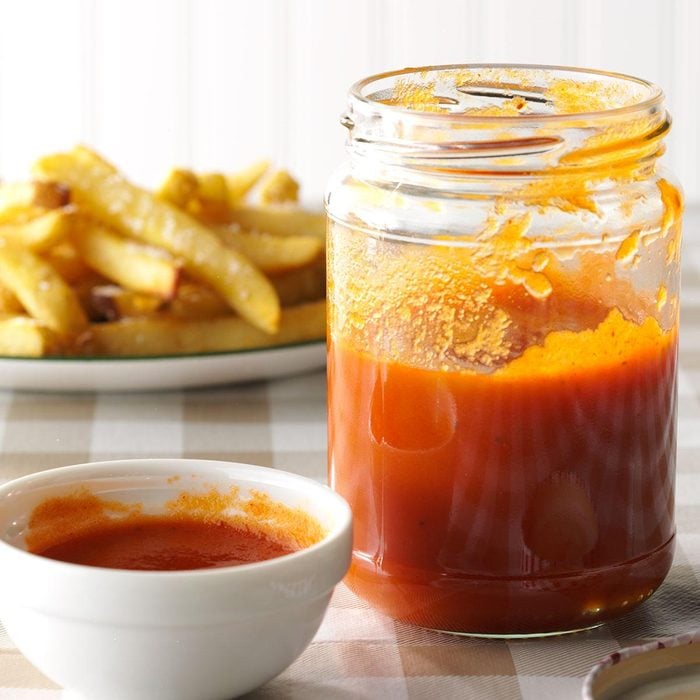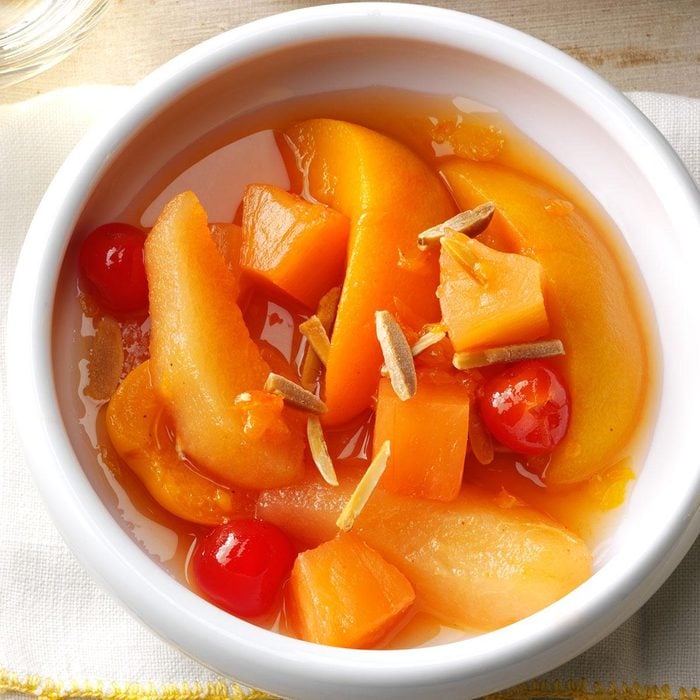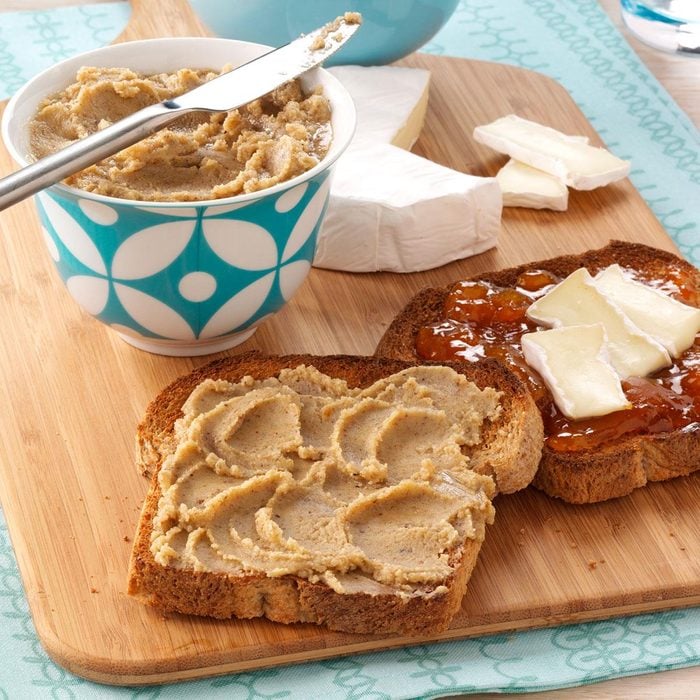What Is Poi, and How Do I Make This Hawaiian Dish?
Updated: May 09, 2022
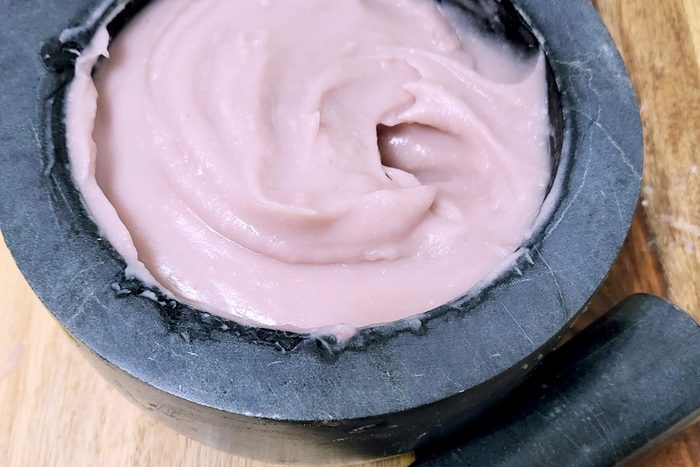
What is poi, and why is it so important to Hawaiian culture and history? Read on to learn about this nutritious starch and how to make it for your next Hawaiian luau.
In my late teens, I lived in Honolulu and dated a Hawaiian local whose grandmother was an incredible cook—but also incredibly strict. Girls weren’t allowed inside the house, so Stratten and I would often hang out in his driveway, devouring whatever she cooked that day, while mosquitoes devoured my calves. One night, he snuck me a heaping Styrofoam plate of smoky, melt-in-your-mouth kalua pork, potato salad with chunks of Spam, and a pale purple paste that he called “poi.”
“What is poi?” I asked, assuming it would be some kind of sweet pudding.
Half-amused, he urged me to try it, and I remember my initial thought was that the texture reminded me of the Korean rice porridge I’d grown up eating. And while there was a subtle sweetness, it was the tartness that made my tongue dance, and the nutty aftertaste that had me scooping up a second bite. The complex flavors of the poi made it the perfect companion to the salty, savory meat, and suddenly, Stratten’s grandmother stole my heart all over again.
More than a decade later and an ocean away, it hasn’t been easy to find those exact flavors again. After all, there aren’t many truly authentic Hawaiian restaurants outside of the Aloha State, let alone one that serves poi. But with the rising popularity of poké and Spam musubi on the mainland, it’s clear the rest of the world is eager to learn about the rich variety of Hawaiian food. Read on to learn more about what poi is, why it’s a superfood and how to make it at home.
What Is Poi?
Unlike many Hawaiian foods, which reflect the complex history of East Asian and American people on the islands, poi is as native Hawaiian as you can get. Poi is a traditional dish made from taro root, believed to have sustained Polynesian travelers during their long voyage to the then-uninhabited Hawaiian islands.
Well, what is taro, some of you may ask? It’s a starchy tuber that’s grown in many tropical and subtropical areas around the world, with different cultures cultivating different varieties of taro. I was introduced to taro as a kid through Taiwanese taro bubble tea.
In Hawaii, however, taro is known as kalo, and it has cultural and spiritual significance. According to Hawaiian mythology, the stillborn child between Wakea (Sky Father) and celestial goddess Hoʻohokukalani was born as taro. The taro was buried and nourished the second child, Haloa, the first human. In return, Haloa’s descendants must take care of the taro.
To make poi, taro root is steamed and pounded with water until it becomes a smooth paste. This nutritious and life-sustaining starch is low-fat, gluten-free, and high in phosphorous and vitamin B. It’s traditionally eaten plain, but can be customized with a bit of salt, sugar or soy sauce. You can eat poi fresh, but most Hawaiians like to let it sit for several days so it ferments and develops tang. When fermented, poi has more good-for-your-gut probiotics than yogurt!
How to Make Poi at Home
If you don’t count water, this is technically a one-ingredient recipe. The chances of burning anything are zilch, so you can get your kids involved, too. Look for taro at your local Asian supermarket, but keep in mind there are many different varieties, and flavors and colors will vary slightly. Traditionally, poi is pounded with a stone pestle on papa ku’i’ai, a large, slightly concave board made out of monkey pod wood. But you can use a large mortar and pestle or even the bottom of a clean wine bottle—whatever works for you.
This recipe serves about 2 people, so double if needed.
Ingredients
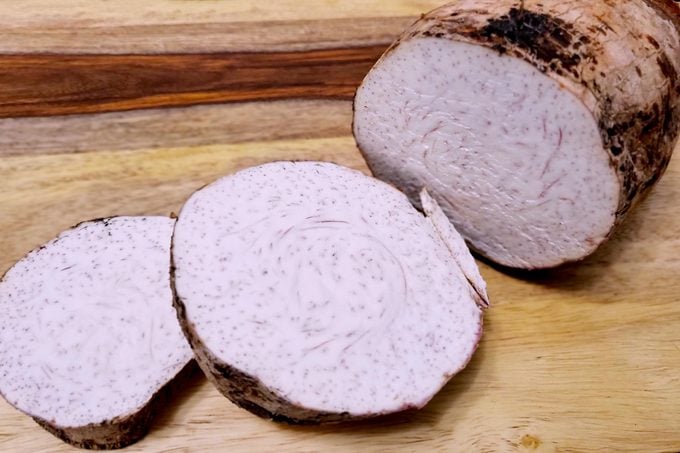
- 1 pound taro root, scrubbed clean, peeled and cut into 2-inch chunks
- 1/2 cup water
Tools
Directions
Step 1: Steam taro root
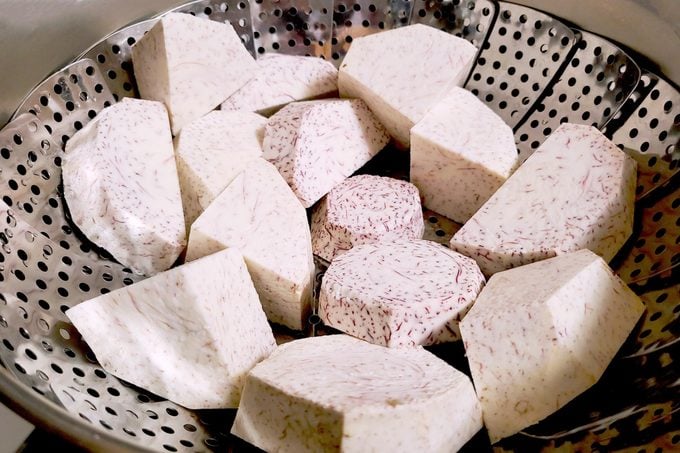
Place taro root chunks in a steamer basket over a pot of boiling water. Steam your taro until fork-soft (about 20 to 25 minutes).
Step 2: Pound until smooth
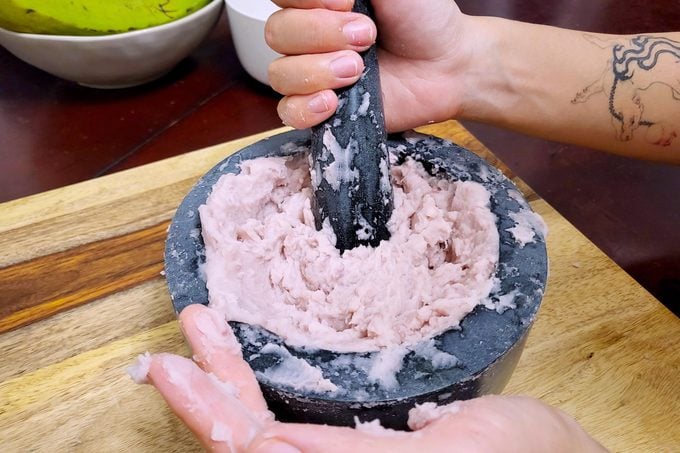
Transfer steamed taro into your mortar and pound with the pestle for about another 20 minutes until all the fibers and lumps are gone, and the consistency is nice and smooth paste. This is called pa’i’ai.
Step 3: Find the right consistency
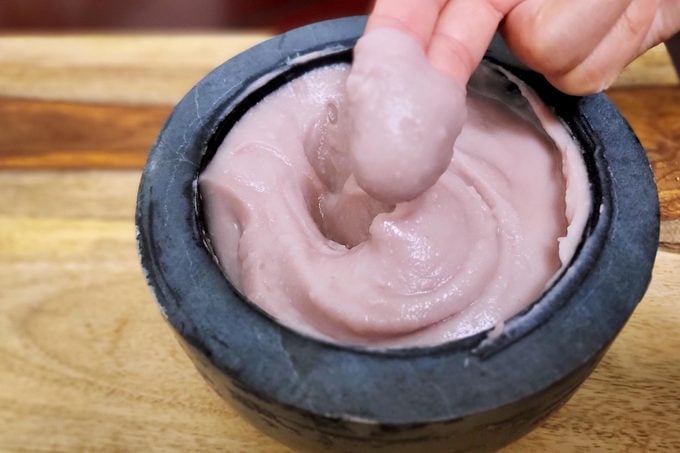
Continue mashing as you pour a little water at a time (about 1/2 cup in total) until you get the desired consistency. If you stick your fingers into the poi and you can pick it up with two fingers, that’s called two-finger poi, and it’s the ideal consistency. But if you prefer one-finger poi or three-finger poi, that’s cool too!
How to Serve Poi
Traditionally, poi is served in a big communal bowl for the whole ohana to enjoy, but you can serve it in individual bowls as well to accompany kalua pork, grilled huli huli chicken and Hawaiian macaroni salad. And no need to refrigerate it if you want to let it ferment and get that probiotic goodness. Just transfer the poi to a non-reactive bowl, place a kitchen towel over it and let the poi work its magic.



















